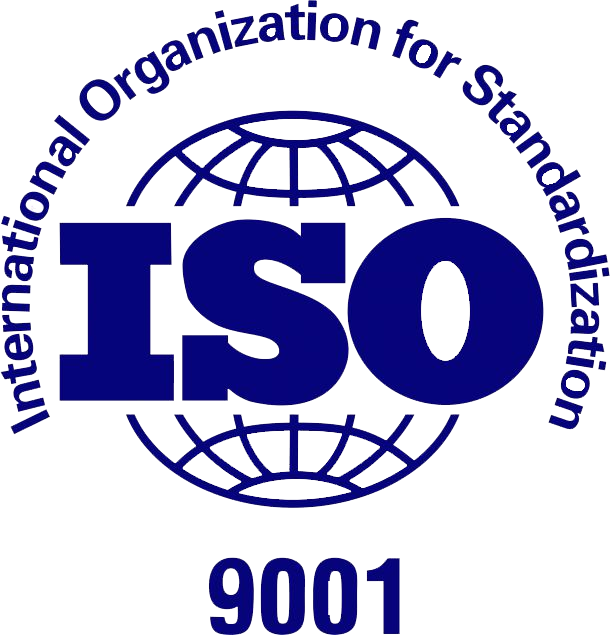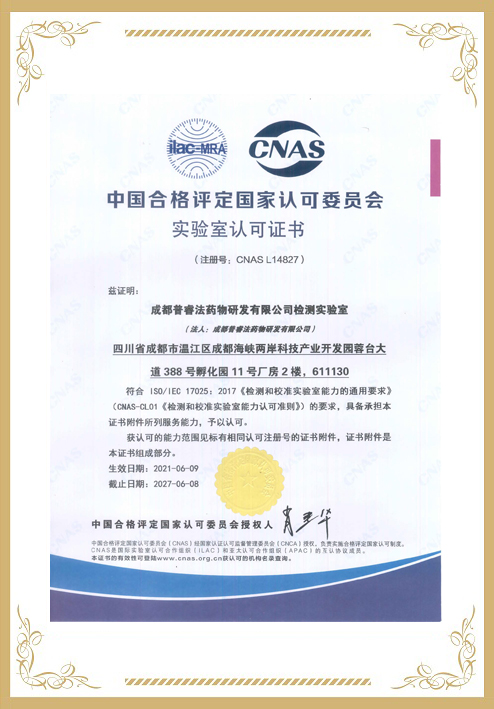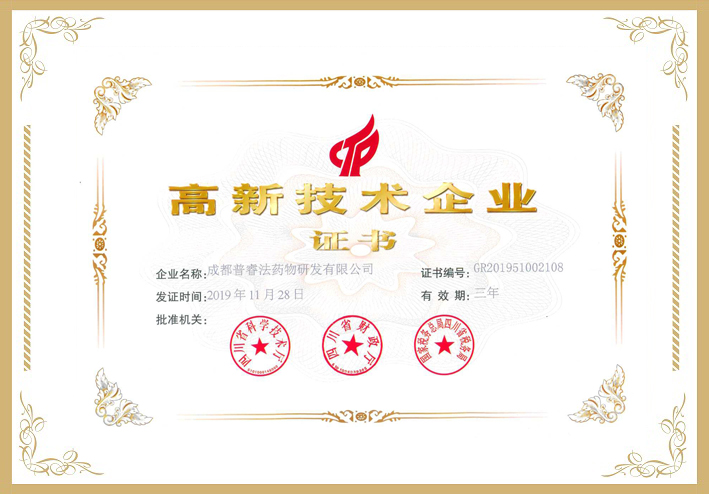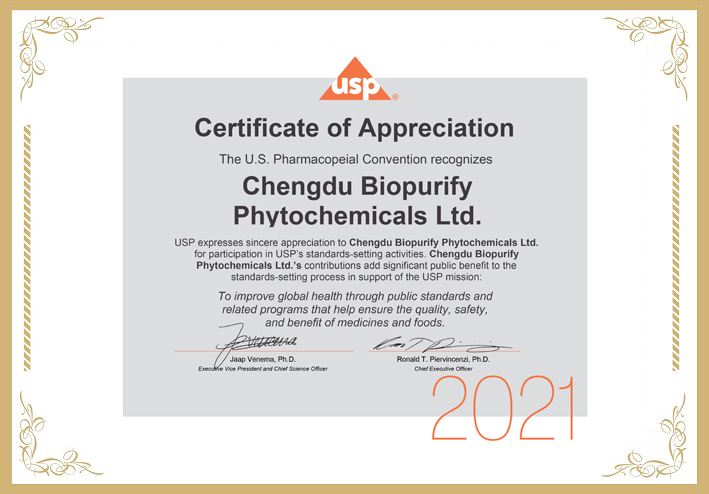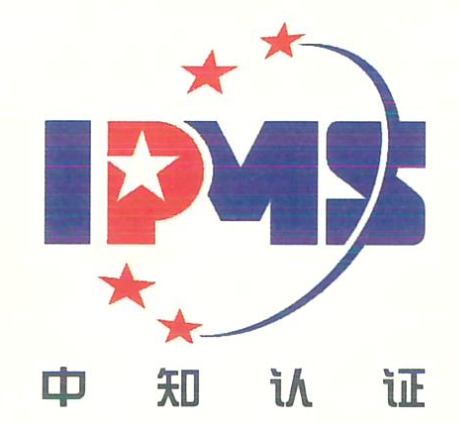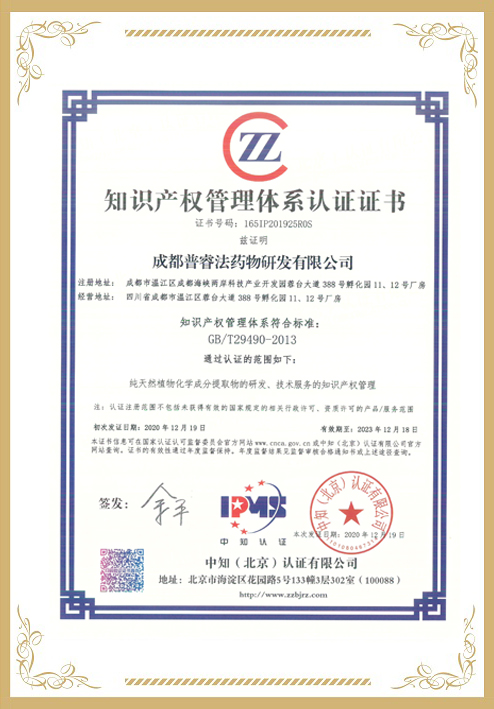Te use of local plant extracts in drinking water purifcation represents a sustainable alternative in the fght against diseases linked
to unsafe water consumption in rural areas. Te aim of this study was to evaluate the biochemical composition and antimicrobial
activity of four local plant extracts used in rural areas of Burkina Faso to purify drinking water: Moringa oleifera seeds, Boscia
senegalensis seeds, Opuntia fcus-indica cladodes, and Aloe vera leaves. Tese four extracts were then subjected to biochemical
screening to identify phytocompounds, followed by quantifcation and evaluation of their antibacterial properties on ten
pathogenic bacterial strains. Te screening results revealed the presence of a variety of molecules (phenolic compounds, alkaloids,
saponosides, etc.) in the diferent extracts studied. From a quantitative point of view, M. oleifera and B. senegalensis seeds showed
a high total protein content (34.5 and 24.6 g/100 g DM). A. vera and O. fcus-indica extracts showed high levels of total car-
bohydrates (20.4 and 35.52 g/100 g DM) compared with total lipids and proteins. Te same applies to phenolic compounds, which
were also high in A. vera and O. fcus-indica extracts (17.42 and 26.5 mg GAE/100 mg DM) compared to M. oleifera and
B. senegalensis seeds. In terms of antibacterial properties, the four extracts studied showed inhibition diameters ranging from 7.33
to 16.33 mm. Tese results refect the ability of the diferent extracts to eliminate pathogenic microorganisms present in water.
Overall, this study stands out for its innovative character, ofering an in-depth understanding of the biochemical composition and
antimicrobial properties of four distinct extracts of local plants commonly used in traditional drinking water purifcation
practices. It enriches existing knowledge by providing new data on the biochemical composition and bioactivity of these extracts.
In particular, the study highlights the synergistic efects of the bioactive compounds present, underlining their essential role in
improving the sanitary quality of water consumed in rural areas, where sustainable and accessible solutions are crucial














